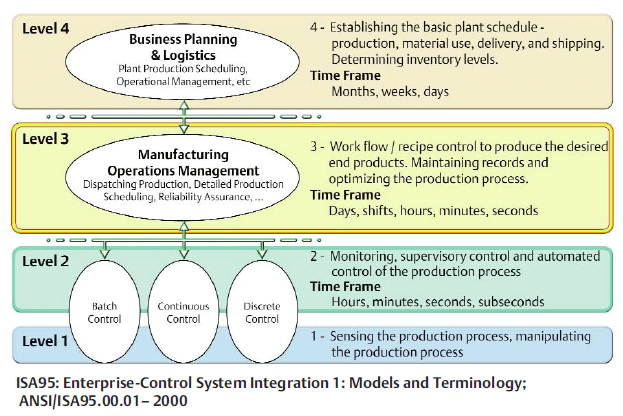

Naturally occurring microbial assemblages are composed of closely related species or subpopulations and harbor extensive genetic diversity. Our work provides an approach for elucidating ecologically relevant functions based on gene expression patterns between closely related microbial populations. Here, we performed time-series genome-resolved metatranscriptomics to explore gene expression patterns of co-existing Accumulibacter clades in the same bioreactor ecosystem. However, such hypotheses have largely been made based on gene-content comparisons of sequenced Accumulibacter genomes, some of which were obtained from different systems. These clades are predicted to have key functional differences in acetate uptake rates, phage defense mechanisms, and nitrogen cycling capabilities. Within the Accumulibacter lineage, several similar but diverging clades are defined by shared sequence identity of the polyphosphate kinase ( ppk1) locus. IMPORTANCE ‘ Candidatus Accumulibacter phosphatis’ is a model polyphosphate accumulating organism that has been studied using genome-resolved metagenomics, metatranscriptomics, and metaproteomics to understand the EBPR process. Using this approach, we were able to identify putative pathways and functions that may confer distinct functions to Accumulibacter strains and provide key functional insights into this biotechnologically significant microbial lineage.

We identified core and accessory genes to investigate how gene expression patterns differed among the dominating strains. We obtained four high-quality genomes of Accumulibacter strains that were present in the bioreactor ecosystem, one of which is a completely contiguous draft genome scaffolded with long Nanopore reads. Here, we used genome-resolved metagenomics and metatranscriptomics to explore the activity of co-existing Accumulibacter strains in an engineered bioreactor environment. However, since individual strains of the Accumulibacter lineage have not been isolated in pure culture to date, these predictions have been made solely on genome-based comparisons and enrichments with varying strain composition. Distinct Accumulibacter clades often co-exist in full-scale wastewater treatment plants and lab-scale enrichment bioreactors, and have been hypothesized to inhabit distinct ecological niches. ‘Candidatus Accumulibacter phosphatis’ is a polyphosphate-accumulating organism that contributes to the Enhanced Biological Phosphorus Removal (EBPR) biotechnological process for removing excess phosphorus from wastewater and preventing eutrophication from downstream receiving waters.

However, connecting genetic diversity to ecological properties remains a challenge in microbial ecology due to the lack of pure cultures across the microbial tree of life. Natural microbial communities consist of closely related taxa that may exhibit phenotypic differences and inhabit distinct niches.


 0 kommentar(er)
0 kommentar(er)
